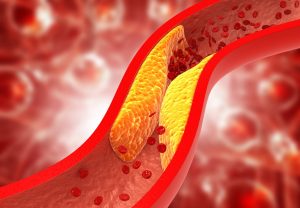
The work, published in JAMA, looked at how walking intensity could improve pain sensation and the distance covered by people suffering from the condition.
Peripheral artery disease affects roughly 8.5 million people in America. It’s a painful condition caused by plaque build-up in arteries that slows blood flow in the legs. The result is pain while walking, often making it difficult to go more than a few blocks.
The pain, discomfort, weakness, or cramping caused by PAD comes from a lack of oxygen reaching the muscles.
Current treatment is high-intensity walking, generally performed in a supervised setting. But it hurts. It’s also inconvenient, and many people prefer to suffer the pain instead of seeking treatment.
A new study wanted to see if people could treat their condition at home and if exercise intensity made a difference in outcome. Looking at over 300 people, researchers found the answers to their question.
They were quite clear.
Participants were randomized into three groups: a high-intensity walking group, a low-intensity walking group, and a no walking group. They wore devices to track intensity and duration.
Results showed that the high-intensity walking group substantially increased their ability to walk further without pain over a year. The low-intensity group showed no improvement in walking ability compared to the no-exercise group.
The clear message is when it comes to treating peripheral artery disease is no pain, no gain.
If you’ve got PAD, the good news is that you may be able to improve your condition without the need for supervision. The less good news is that it will still be a painful process.
At the end of it, however, you should be able to walk further and faster, and regain some control over your life.